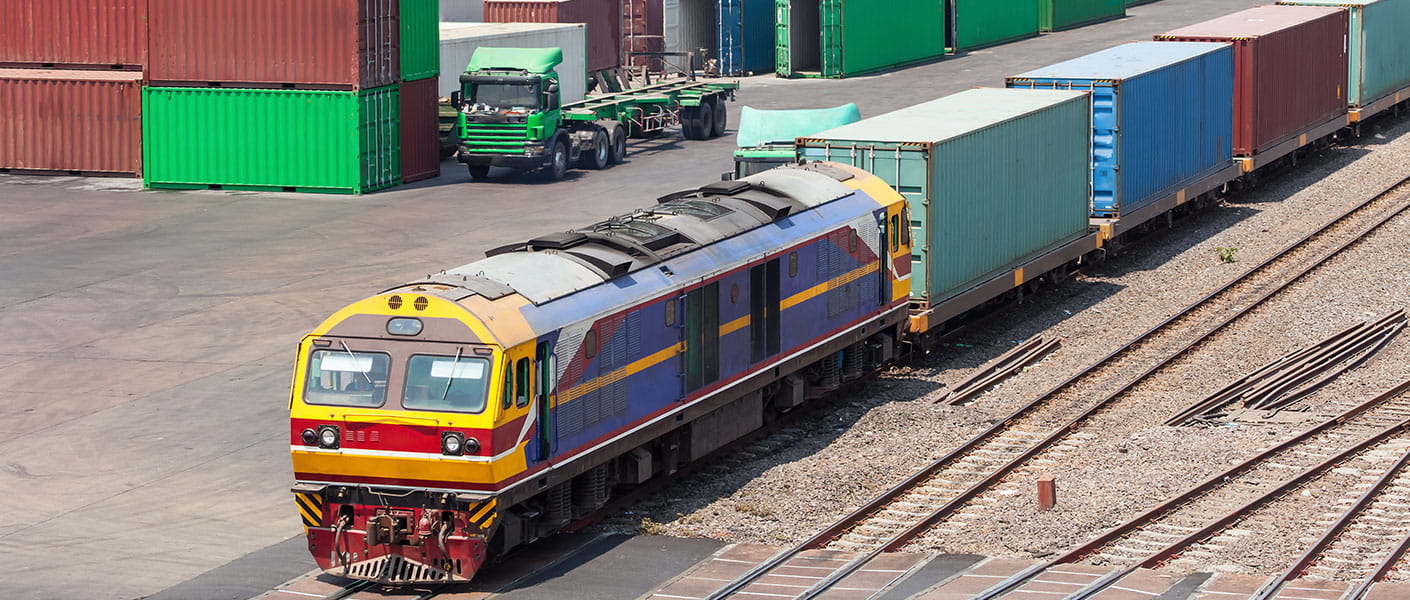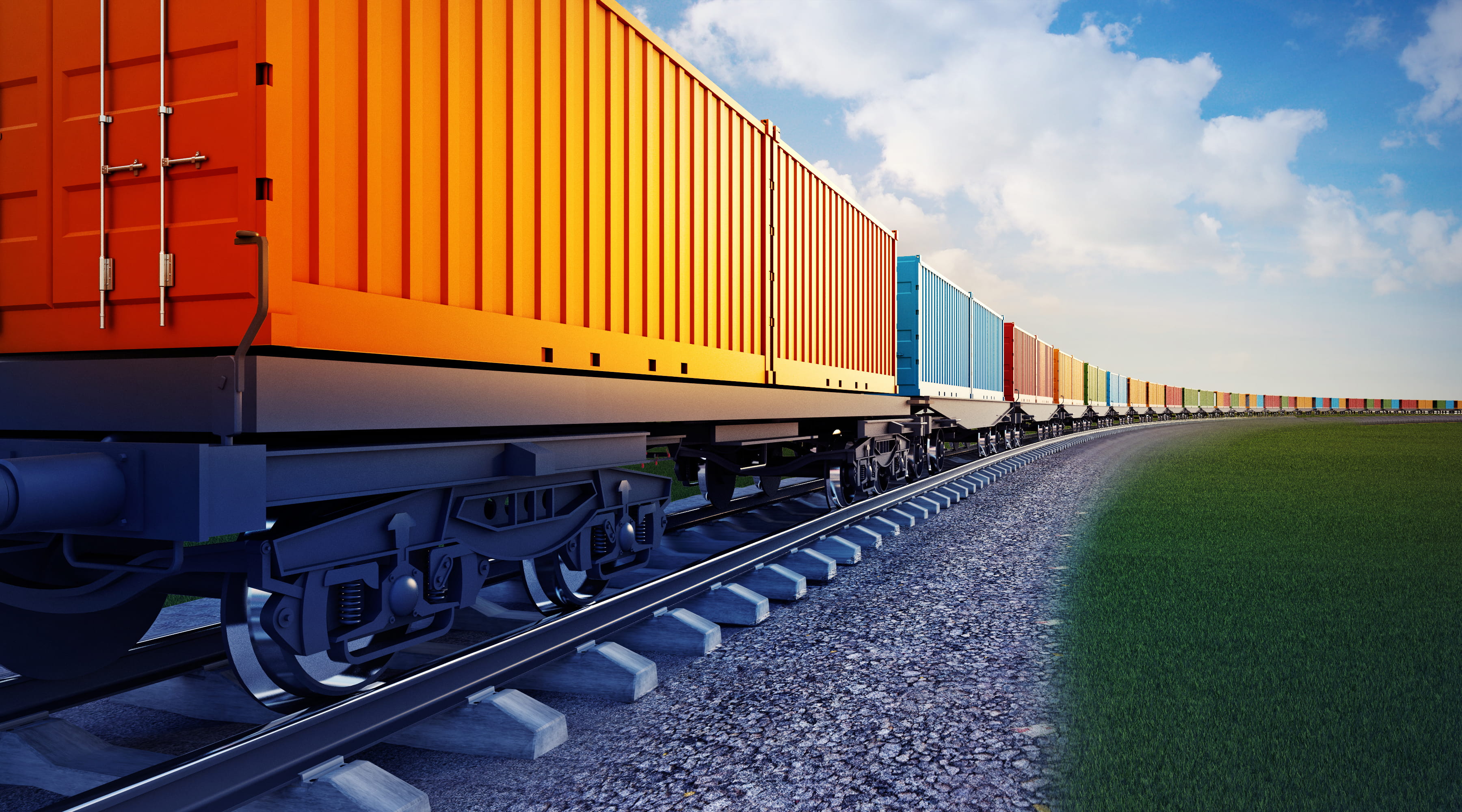Defining features of intermodal transport include; a high level of systems integration, hardware standardisation and stringent interfaces. Although these conditions enable intermodal’s greatest benefits they also serve to restrict innovation opportunities.
The fundamental goal of freight movement efficiency, together with safety, environment and social impact, are all critical factors driving the growth of the intermodal transportation industry - though the challenges that are often faced are complex and multi-dimensional.
Whether it’s a shipping agency determining how best to move freight across multiple transport modes, a terminal operator wanting to reduce costs through improved efficiencies or a rail operator seeking the best rolling stock design, fleet composition, and ownership model to maximise returns, a long-term outlook and a holistic understanding of all viable options are key to sanctioning and securing funding for the right project and delivering the best outcomes.
Revival of freight rail networks
Our major cities developed and initially grew around the port precincts. However as our cities have expanded, our ports have been unable to similarly expand their footprint as they were hemmed in by nearby commercial and residential developments.
Deficient urban planning has often resulted in inadequate freight rail capacity at ports, forcing large volume container movements onto city and inner urban roads, with trucks now contributing significantly to congestion, air and noise pollution and threatening road safety.
The revival of dedicated freight rail networks to access ports is critical to reducing subsequent social and economic impact of these issues. ‘Inland ports’ and freight hubs located close to interstate highways and mainline railways can be well planned and established with lesser constraints of real-estate and existing infrastructure than those experienced at established large city ports, enabling the marshalling, storage and transfer of containers to be performed with far greater efficiency and safety.
Port rail shuttle services allow decentralisation of activities traditionally carried out at ports which are not functionally necessary. These services include container storage and freight accumulation, blending and distribution.
In addition to improving local modal connectivity, a more recent intermodal development, land-bridging by rail, affords reliable remote port accessibility for freight in large volumes, more efficiently than by road.



